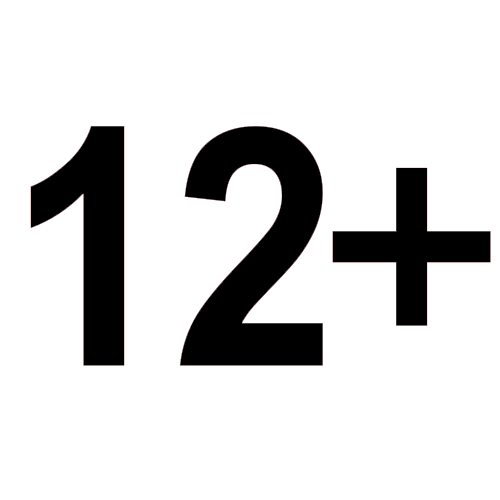The appropriateness of maxilla and occlusional plane rotation in partially edentulous patients with craniomandibular dysfunction
In this article, we presented the results of studies of appropriateness of maxilla and occlusional plane rotation in partially edentulous patients with craniomandibular dysfunction. Patrial missing teeth is one of the most common disease in prosthetic dentistry, which is usually accompanied by craniomandibular dysfunction. In order to prevent such a serious complication qualitative diagnostic is used in order to improve the effectiveness of treatment. In case of patients with craniomandibular dysfunction there is a deviation of maxilla and occlusional plane positions from scull base. Maxilla and occlusional plane positions are motional guides for mandibular bone. Vast asymmetries of the planes may change the trajectory of mandibular motions and may lead to craniomandibular dysfunction. In prosthetic dentistry patient treatment without considered positions of maxilla and occlusional plane may cause craniomandibular dysfunction as post-prosthetic complication.
Michalchenko D.V., Danilina T.F., Dorozhkina E.G. 2021. The appropriateness of maxilla and occlusional plane rotation in partially edentulous patients with craniomandibular dysfunction. Challenges in Modern Medicine. 44 (2): 237–245 (in Russian). DOI: 10.52575/2687-0940-2021-44-2-237-245





While nobody left any comments to this publication.
You can be first.
maxilla rotation, partially edentulous patients, craniomandibular dysfunction, 3Dcephalometry